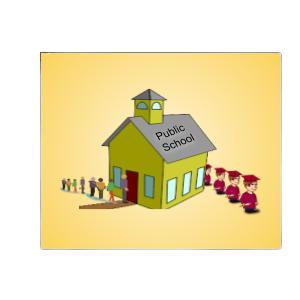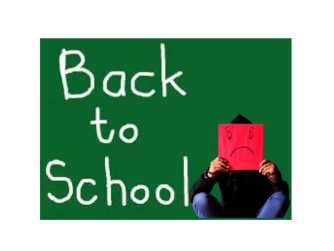
What comes to mind when someone says, “Oh, that’s a really good school?” Is it students all sitting in their seats, diligently taking notes? Is it passing along students who can read and do math on grade level? Or is it graduating students who can immediately join the workforce, or go to college, or interact with others with empathy and respect? Common sense would say a combination of all of those things signals a successful product of K-12 education. But is that what schools are actually producing? What makes a school successful?
For those of us who gauge success as producing graduating students who are at least proficient in reading and math scores, there’s not a lot of success here. The National Assessment for Educational Progress (NAEP), a congressionally mandated test, has been testing 4th, 8th, and 12th-grade students since 1969. The test routinely covers reading and math but has also tested history, science, and geography. It breaks down proficiency levels as advanced, proficient, basic, and below basic. (To see what skills each level encompasses, click here for reading and here for math. I’m not sure I’d test proficient in math! 😳) The last year the NAEP tested the 12th grade was 2019, before Covid.
The news reports talk about how test scores have fallen after Covid, but what they don’t emphasize is the dismal levels they were at before Covid. The 2019 test found only 37% of 12th-grade students nationwide were either advanced or proficient in reading. For comparison, in 2015, 12th-graders were at this very same percentage. Nothing has changed. And what about the rest of the students? Why are we not talking about the other 63% who are not proficient? Look at it this way, would you buy a car from a company where only 37 % of its vehicles were considered reliable? If public education were a company, it would be out of business.
Math scores are even more devastating. In 2019, only 24% of high-school seniors tested proficient or advanced! Covid had nothing to do with those dismal scores!
So, OK, but should we use these scores as a snapshot of current trends? Perhaps with a grain of salt? For example, The NAEP does not test all 4th, 8th, and 12th graders. The test includes Special Education and Second Language students in the sample without accommodations. Across the nation, 1,640 high schools tested 25,200 senior students. The total number of high school seniors enrolled that year, according to the National Center for Education Statistics, was 3,432,000. I’m not sure this .7% of high school seniors that took the test gives an accurate picture of the majority of seniors.
The NAEP exam cautions users of this data from making assumptions based only on the numbers provided. They suggest, “The results are most useful when they are considered in combination with other knowledge about the student population and the educational system, such as trends in instruction, changes in the school-age population, and societal demands and expectations.”
In this episode, we try to determine what makes a school successful, and what kind of students our education system should produce. Listen and see if you agree with our assessment!
—
Send in a voice message: https://anchor.fm/transparencyinteaching/message













